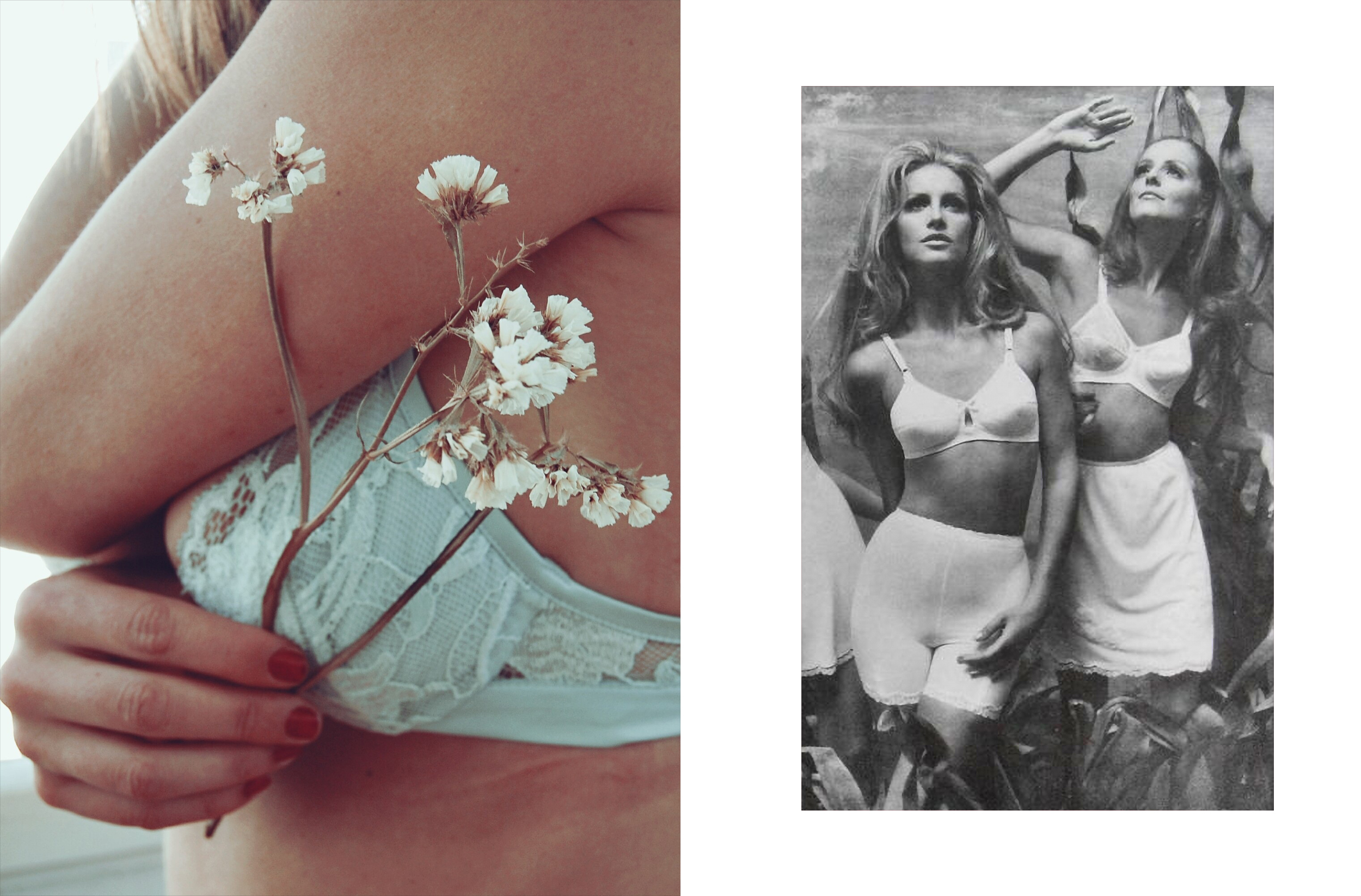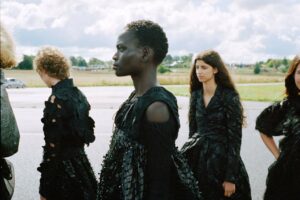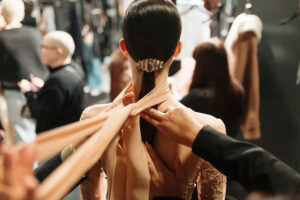Every garment has an effective purpose, but it can also be the vehicle of a message, or have a specific meaning: underwear also has and has always had this dual value.
Today a symbol of femininity and inclusiveness, recently rediscovered by luxury fashion houses to adapt it to their own standards, to add a touch of sensuality to their collections, or to address a more general (and younger) public, underwear has its roots in a remote, or rather ancient past and, together with society and culture, has changed over time until today. Here’s what to know about the evolution of underwear over the centuries!
From Roman Times to the Middle Ages: the First Forms of Underwear
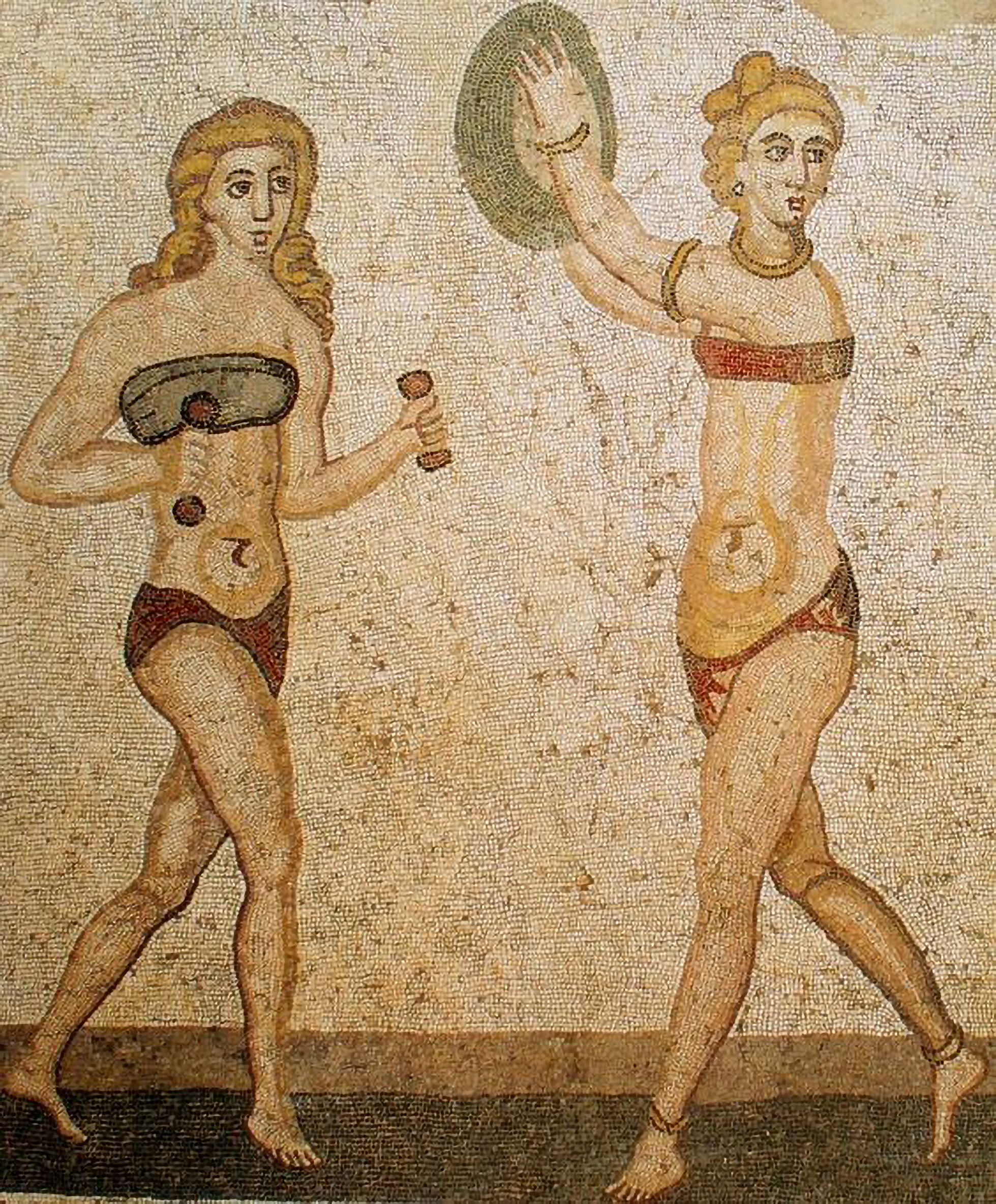
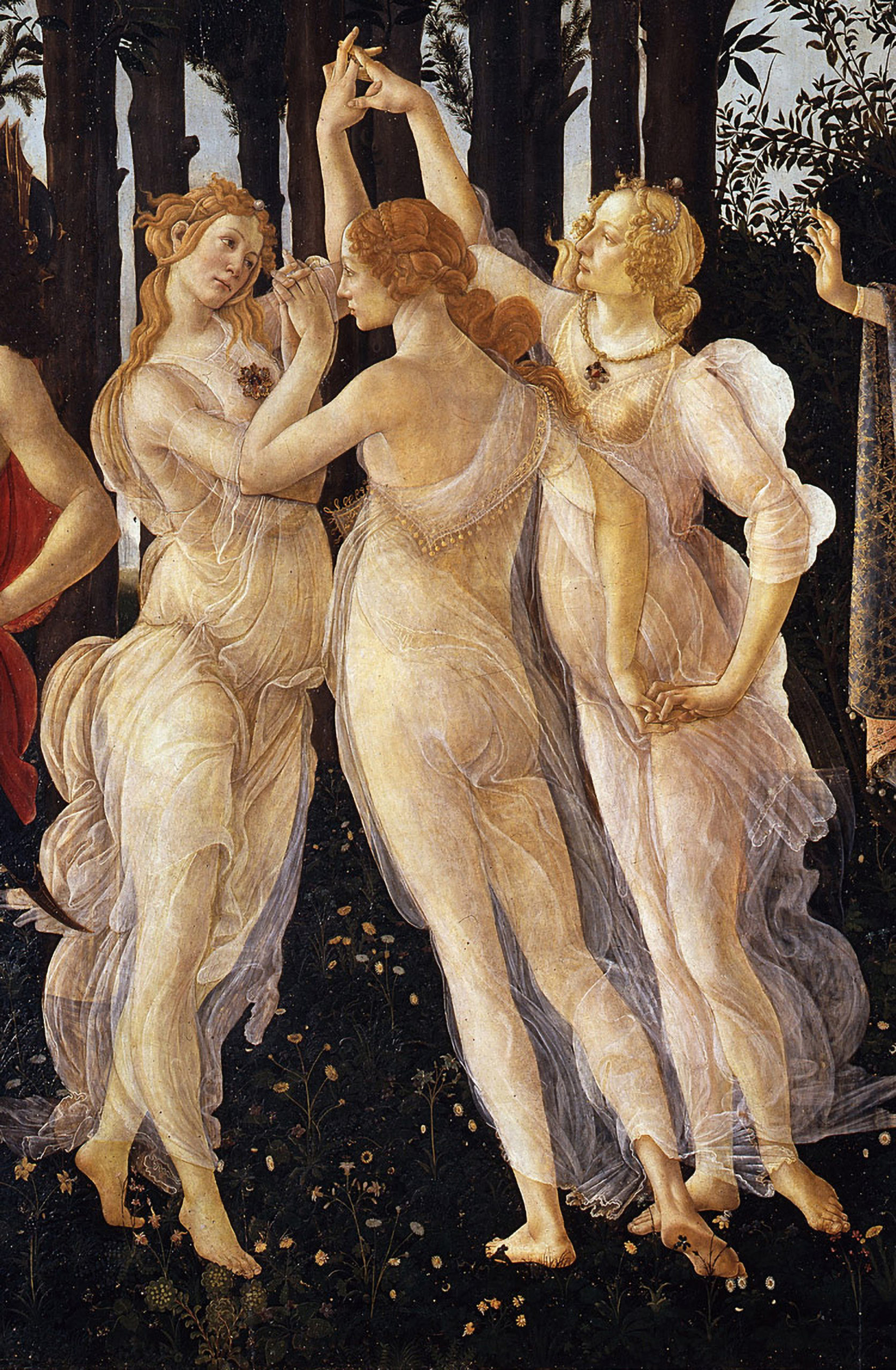
The first forms of undergarments were already attested in ancient Egypt, but it was in Italy, precisely during the Roman Era, that their development occurred, making them “similar” to those we use today. In Roman society, the care and cleaning of the body (which had to be toned and fit) represented a very important part of everyday life, and it is in this context that women began to wear bras; these were tight bands located not above, but below the breast, a sort of “push-up” made obligatory by patriarchal society: men, in fact, could not stand the sight of a large and sagging breast, reminiscent of that of the barbarian populations. The exhibition of the female body, therefore, became a means to demonstrate and further emphasize the superiority of their civilization.
Moving on to Medieval times instead, sources are uncertain and make it difficult to identify which underwear was in vogue: it would seem however that underwear was reserved for men, with the so-called “brache”, that is underpants/pants. Women used to wear underwear when they had their period, and it consisted of a sort of primordial pad, or even musk, to “stop” the blood. These practices were common above all among the aristocratic class, as less wealthy women couldn’t afford these clothes, but the conditions of malnutrition and poor hygiene made the period schedule very irregular, which caused women to enter menopause before time.
In the Renaissance, however, the first unisex garments, shirts, and long underpants up to the knees make their appearance; in addition to these, we witness the birth of garters. It is thought that the first person to wear them was… Carlo Magno! Initially, they were accessories used by men to hold up their stockings. However, when they became part of the female trousseau, they became a weapon of seduction, and soon began to be embellished with tapes and jewelry.
From 1500 to the end of 1800: Corsets and More
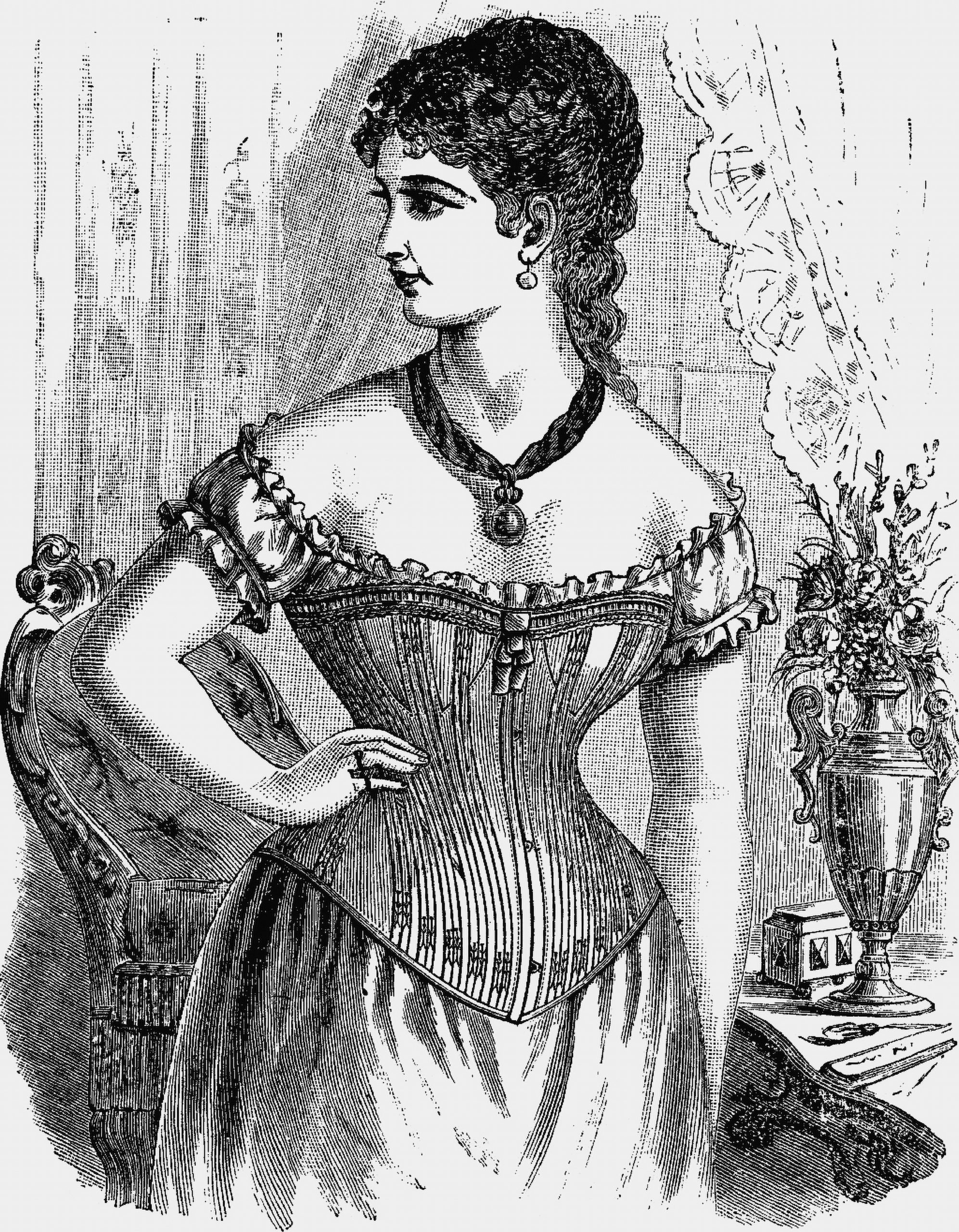
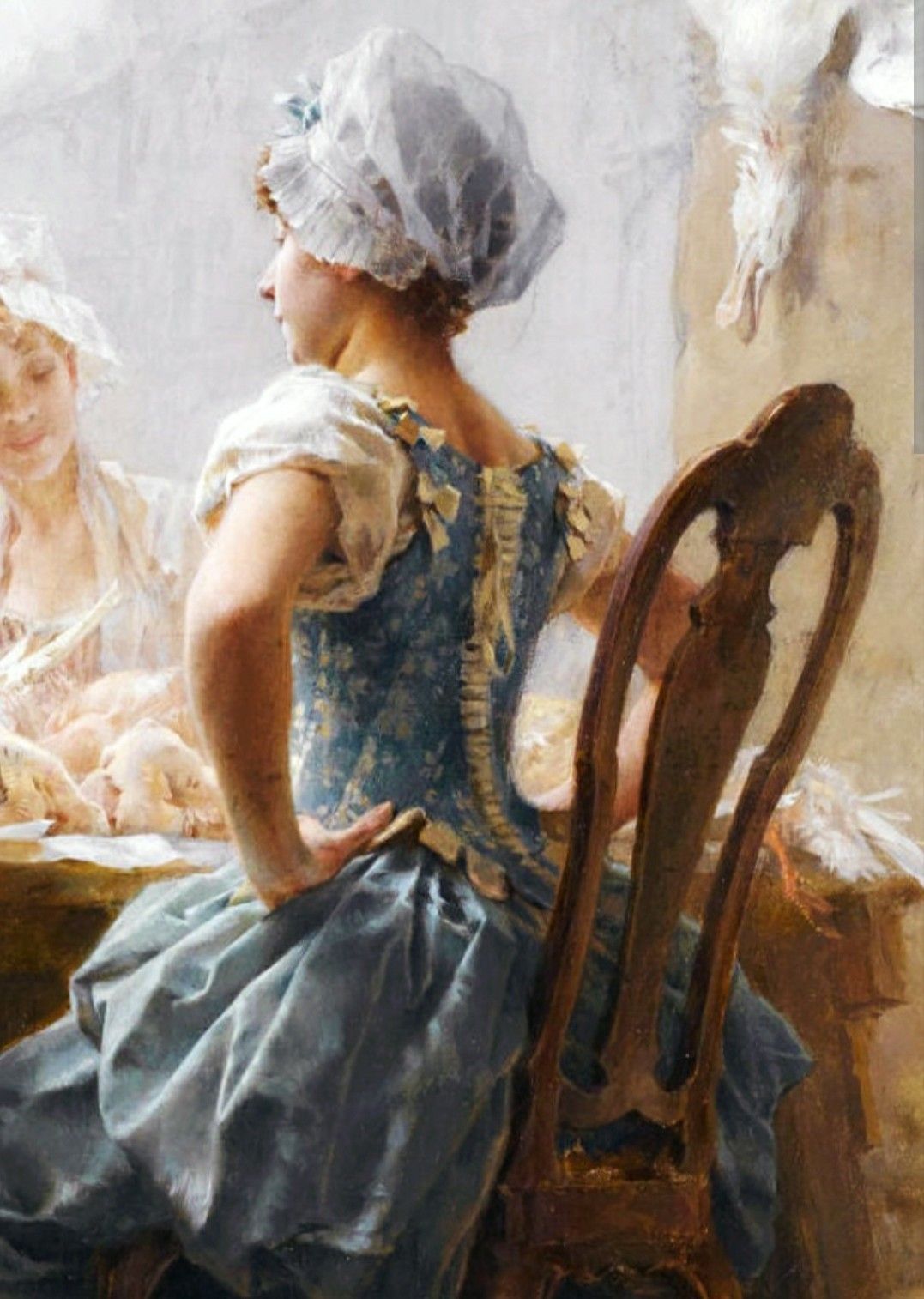
From the 1500s to the 1900s, women’s lingerie was a set of garments and stringent structures designed to shape and transform the body so that it conformed to certain beauty and social standards. For example, the corset, which to this day is used for medical purposes, was originally born with an aesthetic purpose, and, over the centuries, it took on various shapes and sizes to adapt to the dominant fashions and standards. Traces of the corset are attested since the Cretan civilization, but its period of maximum use was from 1500 with Caterina de Medici. The life of the wife of the king of France, contrary to our expectations, was not easy: seen as a foreigner and criticized for her appearance, it is said that she invented the corset just to reduce her “curvy” waist, then imposing it to all the other women of the court. She is also remembered for her care of hygiene: she was the one who introduced in France the use of perfume and fragrances, as she could not stand her husband’s smell.
The corset was soon accompanied by the guardinfanti and crinoline, actual structures created to give the typical rounded shape to the skirts of the time, now attested by the representations of the time. To give rigidity to the corsets, whale bones were used in addition to splints of wood or metal. If in 1700 the corset became slightly more comfortable, in 1800, with the fashion of the thin waist, “wasp,” it became constrictive to the extreme.
Towards the end of the nineteenth century, medical studies began to be carried out on the use of the corset, which was recognized as the cause of several physical diseases in women, including the displacement of organs, and even mental problems ( it was believed that it could lead to hysteria). At that point, the underwear became a real trousseau, and there were more and more models available, to the point that the layers of underskirts went from one to five! Moreover, women used knickers similar to the male models, and stockings up to or above the knee, with garters attached.
The 1900s: an Era of “Intimate” Changes


The 1900s represents the era in which the main and most sudden changes in terms of women’s underwear took place and one of the most important figures in this regard was Caresse Crosby (1891-1970): an American activist, publisher, and writer, as well as the inventor of the bra. Like many successful inventions, it was born from a mix of necessity and chance when 19-year-old Caresse wanted to attend a ball avoiding the constriction of the corset, so she decided to combine two handkerchiefs and a pink ribbon, creating the first bra as we know it today. Soon, word spread among the other girls, who saw how the young woman moved gracefully and freely, which was otherwise impossible because of the corset. On November 3, 1914, Caresse obtained a patent for the backless bra: the rest is history.
Among the first designers to produce the bra, there was Paul Poiret, who is still remembered today for having created a new female image, free, natural, and sometimes exotic; the fabric of his clothes fell on the body with lightness, in a soft way. Even the fashion designer Lucy Christiana Duff Gordon, known as Lady Duff Gordon, unknown today to most, but at the time a great innovator, as well as the inventor of the catwalks with lights and music as we know them today, fully endorsed the cause, using the bra.
While the corset began to disappear, the knickers became more shortened until they became panties; born for the male counterpart in 1906, soon they were also produced for women, who in turn engaged in the Great Wars, needed a much more comfortable and practical clothing to move and, above all, work: it was the beginning of women’s emancipation. During World War II, bras were even offered by factories where, for the first time, women were called workers. In the 1930s, the first cup sizes, from A to E, began to be created. But it was the invention of Nylon to bring bras to a wider audience: in fact, prices became more affordable, precisely because they were made with a cheap, durable, and solid fiber.
In the ’50s, the curves of women’s bodies were enhanced as never before, building the image of a sensual woman. The so-called pin-ups, for example, wore sexy underwear with balconette bras and guêpières (whose name comes from the French “guêpe:” wasp), which helped to give the idea of a narrow waist, wasp-like in fact; in the ’60s instead, colored yarns began to be used also for lingerie and, while the spotlight shifted on briefs with the appearance of the miniskirt, bras were burned by feminists, who condemned the image of women that had lasted over the centuries: makeup, false eyelashes, padded garments and everything that served a purely aesthetic purpose was condemned. As a result, they led the manufacturers of underwear, and bras above all, to use softer materials and a more natural line, which would accompany the shapes of the body without modifying them.
It was then in the 70s, with the appearance of TV series and female groups such as the famous Charlie’s Angels, that brands and advertisements proposed more casual ideals of women, photographed in underwear to show their beauty and sensuality. In the ’80s, underwear was flaunted in all its forms, but as a symbol of emancipation, and not of constraint: how can we forget, for example, Madonna‘s iconic performances with pointed bras and corsets?
From the 90s to Today: Wonderbra, Wonder Woman
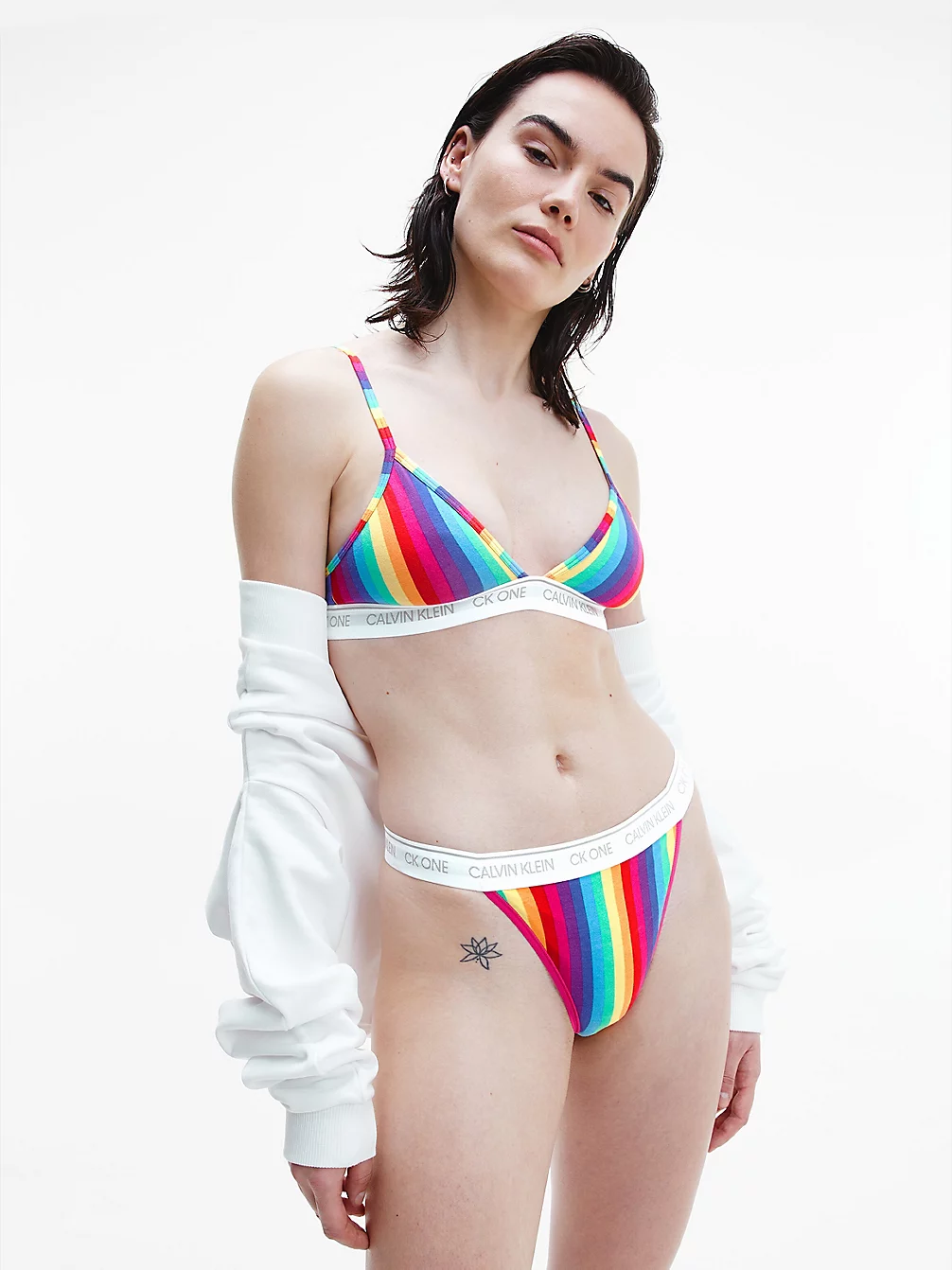
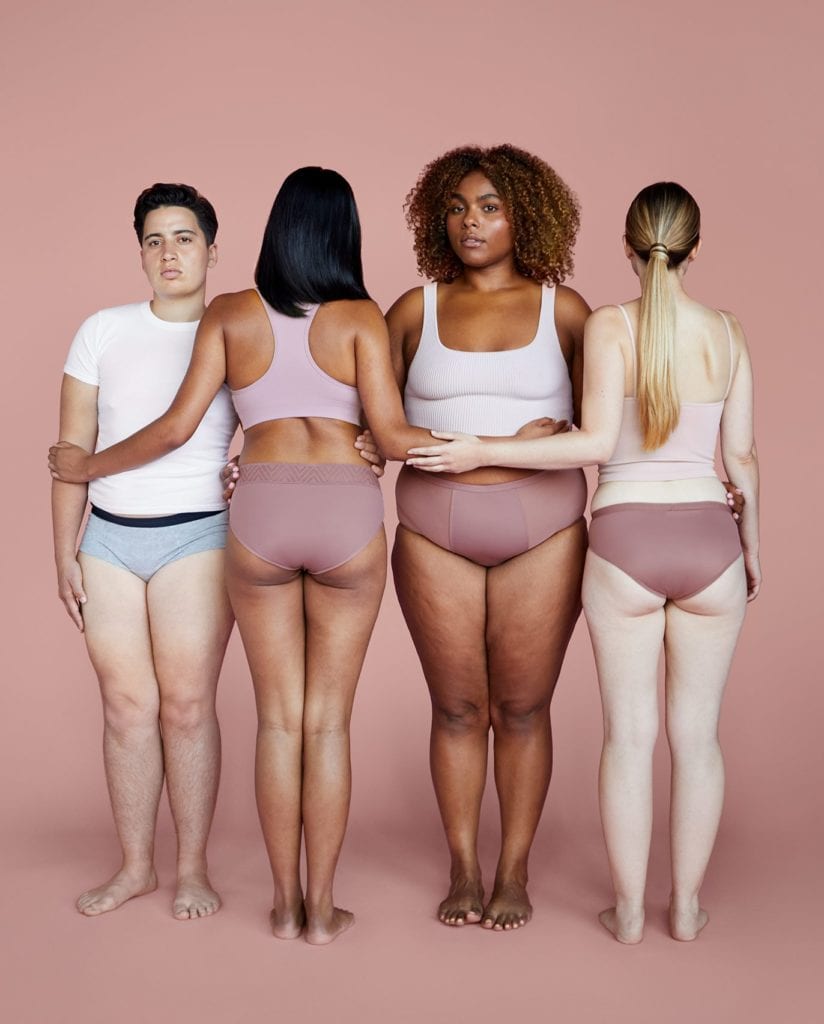
In the ’90s, the Wonderbra made its appearance, worn for the first time by Eva Herzigova, and known today as “push-up bra.” It was a real revolution, whose marketing campaign and advertising are still considered among the most important and impactful, so impactful as to cause accidents on highways, due to the iconic phrase that was read under the photo of the model in lingerie: “Hello Boys,” modified in Italian with the caption: “Look into my eyes. I said in the eyes.” With the birth of Victoria’s Secret, the largest lingerie brand in the United States in 1977, and its “Angels,” underwear was completely cleared through customs and made mainstream.
Another example? Today, we use the hashtag #MyCalvins, but it was in the late 90s, early 2000s, that Calvin Klein made his underwear famous thanks to the numerous advertising campaigns in which models were shot wearing briefs and boxers bearing the name of the brand. From the very beginning, he managed to launch a marketing message that did not focus only on the underwear itself, but on the philosophy in general: an image of beautiful, strong, and self-confident men and women, all qualities typical of those who would buy and wear Calvin Klein clothes.
What about today? In recent times, a more natural effect is preferred, women’s underwear is definitely more inclusive and free, materials are soft, fresh, a sort of second skin, and there is a tendency to opt for organic or sustainable fibers. In recent years, underwear has been further cleared through customs, with lingerie no longer hidden, but in view, present in both high fashion and street collections: in fact, lingerie arrives on the catwalk from Prada to Versace, passing through the famous minimal suits by Dior up to the creation of lines dedicated exclusively to lingerie such as the recent Underwear by N°21.
Today, underwear has finally been cleared through customs, and it can be conceived as a means to express one’s personality, sensuality, and creativity in a personalized way: in fact, each of us feels comfortable and sexy in a different way and with very different garments.
Moreover, the first lines producing menstrual lingerie are born, respectful of our planet, and a sustainable alternative to pads and tampons. The company Elia, for example, born in 2018 from the minds of Marion and Apolline, produces a line of menstrual underwear that is comfortable, ecological and inclusive, designed for every shape and type of woman. Another well-known brand for menstrual underwear is Thinx, founded in 2015: their briefs are washable and are divided according to the flow of the menstruation, as well as Cocoro, which in Italy is distributed by Pureeros, and which offers models of different shapes and styles in addition to the line of absorbent swimwear, which also includes a washable mini-pad to wear for greater safety.

